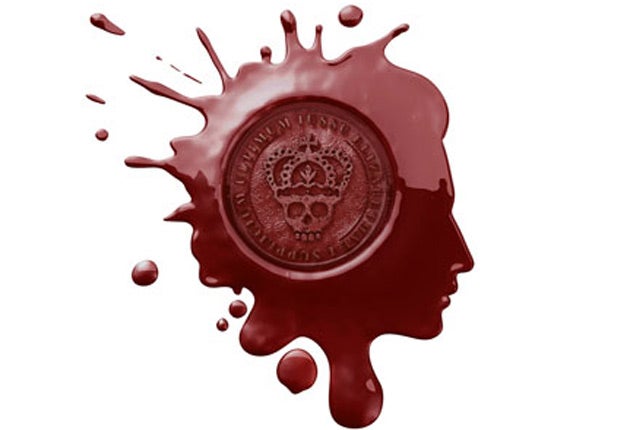Mary Stuart, Grand Theatre, Leeds

Your support helps us to tell the story
From reproductive rights to climate change to Big Tech, The Independent is on the ground when the story is developing. Whether it's investigating the financials of Elon Musk's pro-Trump PAC or producing our latest documentary, 'The A Word', which shines a light on the American women fighting for reproductive rights, we know how important it is to parse out the facts from the messaging.
At such a critical moment in US history, we need reporters on the ground. Your donation allows us to keep sending journalists to speak to both sides of the story.
The Independent is trusted by Americans across the entire political spectrum. And unlike many other quality news outlets, we choose not to lock Americans out of our reporting and analysis with paywalls. We believe quality journalism should be available to everyone, paid for by those who can afford it.
Your support makes all the difference.There's much that is puzzling in Opera North's production of Donizetti's Maria Stuarda. Why call it Mary Stuart when it's sung in the original Italian? With two such regal singers in the soprano Antonia Cifrone and the mezzo Sarah Connolly as Elizabeth I and Mary, Queen of Scots, respectively, why doesn't their music dazzle more? And how could the company have cast, in Frederic Bourreau's Talbot, a stolid singer with such wooden gestures?
The answers may lie partly in the decision of the director/designer Antony McDonald to give the opera a semi-abstract setting with painterly backdrops and flexible Ikea-like wooden walls closing in as royal apartments. By disassociating the work from its political and historical context, this Mary Stuart loses its focus.
From vaguely Elizabethan dress for the principals, the costumes move forward to the 1830s, with the game-shooting chorus advancing to late-Edwardian raincoats for the fictitious Fotheringay scene. In that powerful moment, where the rival queens confront each other, these haughty figures fight to retain control of a riding crop with which to terrorise the other.
Both leading ladies give strong and intelligent interpretations but Cifrone's Elizabeth, while nailing her angular, highly decorated part authoritatively, lacks vocal colour. Despite a bad throat, Connolly engages immediately with her more sympathetic and melodic part, and is especially expressive in her magnificent final prayer. The young Turkish tenor, Bulent Bezduz, sings elegantly as Leicester, towered over by David Kempster's darkly stentorian Lord Cecil. The German conductor Guido Johannes Rumstadt never lets the momentum sag, drawing an idiomatic performance from chorus and orchestra.
10 and 12 June (0844 848 2706); then touring to Salford, Newcastle and Nottingham ( www.operanorth.co.uk)
Join our commenting forum
Join thought-provoking conversations, follow other Independent readers and see their replies
Comments